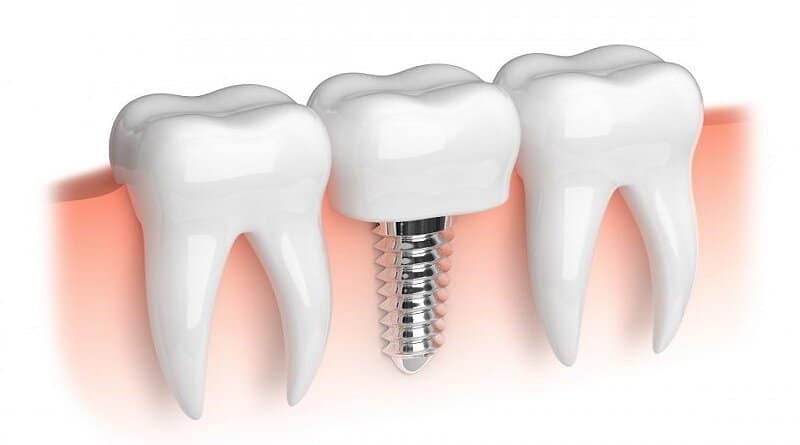How important are you to gypsum models?
We know that clinical day-to-day involves several procedures, right? But unfortunately, there is a fundamental stage that is not always given due attention: the casting of plaster models. Thinking about this, what about recalling some concepts that promise to make you different in your clinical routine?
What should we know about dental plasters?
Use the proper ratio, follow the order of placement of the materials and know the right type for each situation, these are three of the main rules that will help you to perform well in the execution of your work. However, it is important to emphasize that the material must present some characteristics, among them:

Dimensional stability:
When we talk about dimensional stability, it is common to ask ourselves how the plaster expansion works. In this way, there are three points that must be observed:
- Expansion of prey: it is the expansion that we can see. The higher the A / P ratio for the spatula, the greater the initial distance between the growing crystals. However, the smaller the collision between them, which results in lower prey expansion.
- Late expansion: occurs up to 48 hours after the initial prey of the plaster (or even more depending on the manufacturer).
- Hygroscopic Expansion: This is a phenomenon that can be observed when gypsum comes in contact with water before its initial prey.
– Resistance (to compressive and tensile forces):
The greater the proportion of water from the spatulate, in addition to the quantity required to react, the greater the final spaces between the crystals and the less the bonding of the crystals. That is, this action results in a mechanically inferior material.
– Working time and mold removal:
In order for the model to be as faithful as possible, it is important that the working time of the plaster is correctly followed. Therefore, if well observed, each manufacturer indicates the ideal working time. This way, it is important that the professional make sure to read the recommendations on the packaging. The time of removal of the mold should also be indicated.
– Consistency and flow (thixotropy):
A very important characteristic of gypsum is that after the plating, following the measures indicated by the manufacturer, the material has thixotropy. That is the consistency that will not run off at rest. However, when placed under the vibrator, it flows through the mold homogeneously filling all molded elements.
The first step completed! Now, after understanding all the characteristics of dental gypsum, how about a little reminder of how gypsum types work?

Check below the operation of the main types of plaster:
– Type I: soluble plaster. Indicated for molding, but currently is in disuse.
– Type II (Class I): indicated for articulator mounts, it has low resistance and low expansion.
– Type II (Class II): With low resistance and high expansion, this is a fairly common type of plaster. Basically, it is indicated for non-dental procedures.
– Type III: practically no indication of use. It has low resistance and great expansion. But, attention, it is contraindicated to shape antagonists or mounts in the articulator.
– Type IV: unlike gypsum type III, this is indicated for models of works and antagonists. With low expansion and high resistance, type IV plaster can be considered a special type plaster.
– Resin-modified type IV: results in greater adhesion between the gypsum crystals of the gypsum. This makes it stronger, more elastic and with better handling properties.
– Type IV synthetic: excellent product. Where calcium sulphate can be obtained as a byproduct of chemical processes and benefited with additives.
– Type V: has very high modified expansion. However, it should no longer be used for trocars or bases.
But after all, what properties should the plaster have in each clinical situation?
– Assembly in the articulator: it has reduced or zero expansion, low resistance, accelerated and sticky prey.
– Cases with implants: it has reduced or zero expansion, good resistance, flow and adequate working time.
– CAD / CAM scanning: gypsum type IV, lackluster and with color suitable for virtual reading.
– Accelerated dam: emergency warning when quick prey is required.
– For bases: reduced expansion and resistance.
Attention! Stay tuned for details.
Humidifier Storage: Keep the mold in a well-sealed pot with water. Above all, an interesting tip is to put something to prevent the mold from touching directly into the water, avoiding cinerise and imbibition.
Be careful when preparing the plaster mixture: first, put the water and then the plaster. In this way, you will hydrate easily, providing a more homogenous and airless blend.
Vibration: save at the end of the manipulation tap the rubber gral on the worktop or even take it to the plaster vibrator. This action causes the bubbles to rise and eventually the water also rises. From this, the plaster becomes less resistant at the top and thicker at the bottom, altering the desired consistency of the material.
So, have you been able to recall the concepts and take advantage of these tips on plaster models? So now we are going to put into practice and produce even better moldings in our offices, thus reducing the chance of errors and planning the clinical cases with much more security and predictability.
This content has been originally posted on Dr. Khan’s blog, who runs a giant dental clinic. He served special dental treatments which include teeth whitening in des Plaines.
Read more at knowandsk


